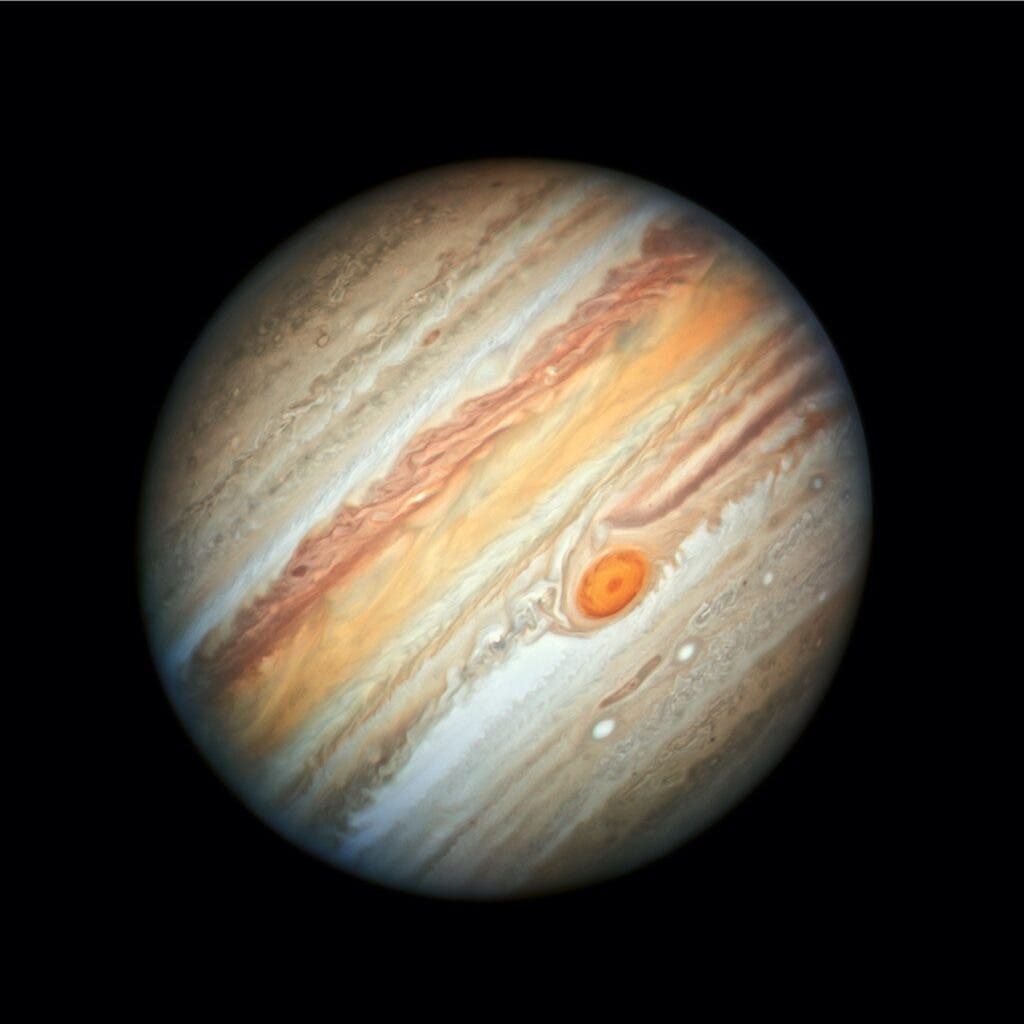
Whether an amateur astronomer or a veteran star gazer, probably the most looked upon planet in the solar system is Saturn. Its iconic rings and visible moons make it a go-to, especially with first-time telescope users. After all, it is coined “the jewel of the Solar System.” Jupiter probably comes in a solid second due to its incredible size and famed Great Red Spot. However, it also begs the question, because it’s bigger, why doesn’t it have significant rings too?
Turns out the answer lies in its moons.
“It’s long bothered me why Jupiter doesn’t have even more amazing rings that would put Saturn’s to shame,” said University of California, Riverside astrophysicist Stephen Kane, who led a new study to answer that question. “If Jupiter did have them, they’d appear even brighter to us, because the planet is so much closer than Saturn.”
Planets have their rings for a number of different reasons. A portion of the ice that makes up Saturn’s rings may have come from comets, which are primarily made of ice themselves. Jupiter, which isn’t totally devoid of rings (to really get a good look at them, you’d probably need something on hand like a Voyager spacecraft or a James Webb Space Telescope), has a faint system entirely composed of dust particles thrown into orbit by micrometeorites colliding with the planet’s small inner moons.
The dim and diffuse Phoebe ring on Saturn is also formed by particles ejected from the moon of the same name. Neptune’s outermost ring isn’t even a ring, but rather five distinct arcs, the particles of which are most likely kept from spreading out due to the gravitational pull of the ring moon Galatea.
Some rings are enigmatic. Two of the outermost Uranian rings, for example, are red and blue, indicating a composition different from the planet’s inner, gray rings as well as the Saturnian set. We don’t know why Uranus’s largest ring, epsilon, is tens to hundreds of times narrower than Saturn’s. Some astronomers believe Uranus is lying on its side as a result of a collision with another celestial body. Its rings could be the remnants of that collision.
To understand the reason Jupiter currently looks the way it does, Kane and his team used a dynamic computer simulation to account for the orbits of Jupiter’s four major moons, the planet’s own orbit, and data on how long it takes for rings to form.
It turns out that if moons are sufficiently large, their gravitational pull may be strong enough to cast ice out of a planet’s orbit or shift the ice’s orbit so that it collides with the moons. Any large rings that might form would be promptly destroyed by Jupiter’s Galilean moons (Io, Europa, Ganymede, and Callisto). Therefore, it is unlikely that Jupiter ever had substantial rings.
So, it turns out that massive planets produce massive moons, preventing them from having significant rings.
Aside from their beauty, rings help astronomers understand the history of a planet by providing evidence of past collisions with moons or comets. The shape and size of the rings, as well as the material composition, provide information about the type of event that formed them.
“For us astronomers, they are the blood spatter on the walls of a crime scene,” Kane said. “When we look at the rings of giant planets, it’s evidence something catastrophic happened to put that material there.”









